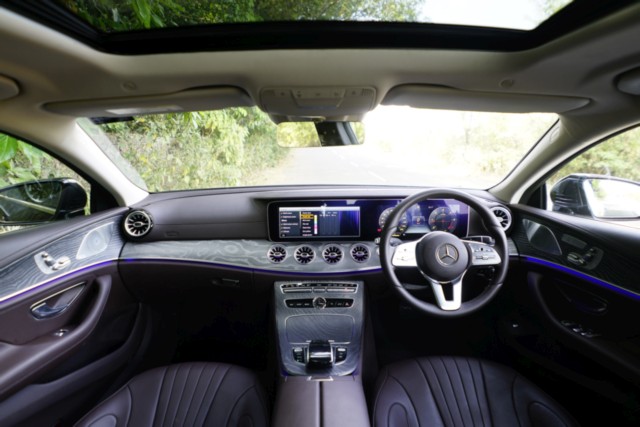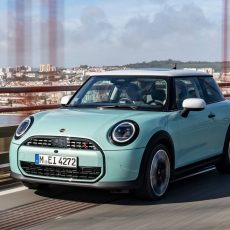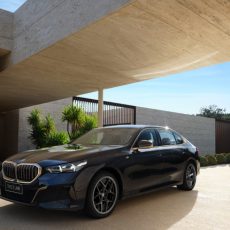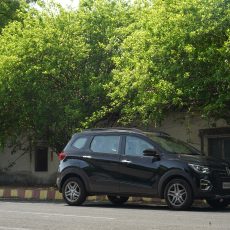The third-generation Mercedes CLS arrived in India and it’s got the get-up-and-go to match the flow of those tight lines. Is it everything we hoped it would be?
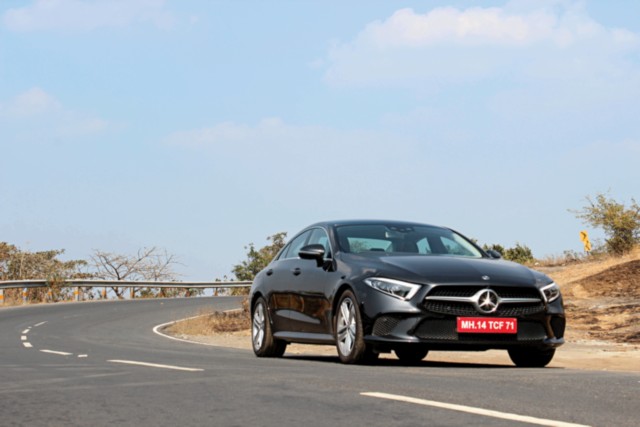
Story: Jim Gorde
Photography: Saurabh Botre

Beauty lies in the eye of the beholder. However, style and taste don’t always go hand-in-hand and opinions differ. Looks may be subjective, but make no mistake, I love how the new Mercedes CLS looks. The “C257” third-generation car has more or less reverted to the classic and much-loved smooth, banana-like lines of the beautiful first-gen model. That first model was the pioneer of the four-door coupé segment 15 years ago. When it was first shown, many loved how it looked, but it was clearly an iteration of form over function; which is fine because there were many functional choices at the time. The sharply sloping roof, narrow rear windows, and tight proportions meant it wasn’t a car for everyone. Some loved it, some said it was impractical, while some went ahead and got it anyway. And it lived on. Its more powerful V8-powered AMG avatar and subsequent second-gen model came 10 years later. Now, though, it’s time for the latest coming.

The new Mercedes CLS gets heads turning and miles munching all at the same time. For starters, the wide front grille is flanked by all-new MultiBeam LED headlamps that dynamically adapt to the situation. The 84 individually controlled LED units have four dedicated control units that calculate the ideal lighting pattern 100 times a second; a function that also makes use of the camera behind the windscreen. The lighting functions are boosted by Adaptive High Beam Assist Plus, enabling a superior spread of light wherever and whenever needed. The headlamps are styled to sweep upwards as their LED signatures clarify. The elongated profile is thanks to the long sweeping shoulder-line and close roof-line — both hallmarks of the first-generation car — which are evident here and meld into the shapely rear end, accented by those sharp LED tail-lamp clusters. The visual area of the panels seems vast, yet the shapes hide its proportions well. It’s five metres long and 1.9 metres wide. There are times it feels like it, but you wouldn’t know it when you look at it.
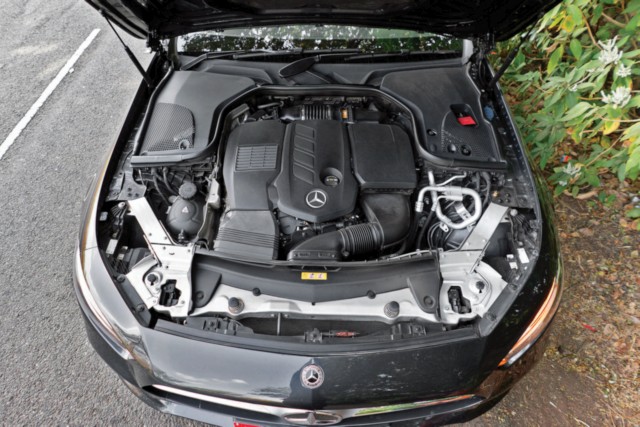
We were heading far outside the city and towards the hills. The Mercedes CLS’ 1,750-kg bulk is masked well by the lines, yes, but also by the 245-PS turbo-diesel engine. The older 2.2-litre, 250 d unit it replaces made 204 PS and 500 Nm. The new OM 654-derived 2.0-litre version not only maintains that prodigious torque output, but widens its delivery spread as well as putting out a higher 245 PS. The engine revs clean and smooth and the 9G-Tronic nine-speeder it’s mated to does a good job of juggling ratios and sending the power to the rear wheels. There are several electronic nannies installed and they give occupants a sense of security. Maybe, it’s the thick pillars or the solid-feeling build; maybe, even the cosseting feel of luxury that the CLS radiates, but it feels great to spend time behind the wheel.
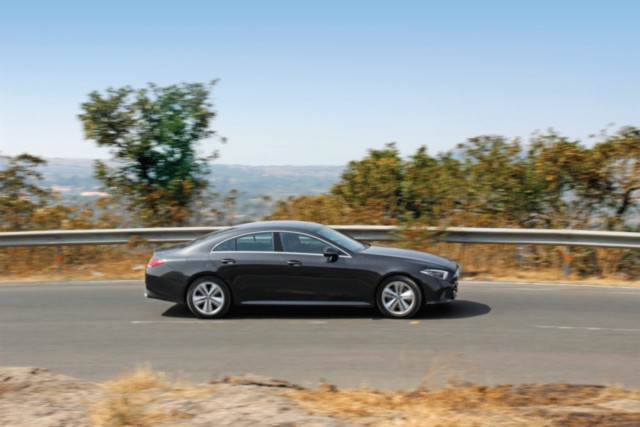
For a diesel, the engine is quiet and refined and doles out the torque in spades. The Mercedes CLS 300 d sprints from zero to 100 km/h in 6.8 seconds and will go on to its limited top speed of 250 km/h given the room. The CLS feels taut and planted on the go, yet the standard Air Body Control absorbs the bumps and lends a wafting ride over undulations. Commendable indeed. Given some bends, the CLS leaps forward in earnest, attacking the line and staying true to its direction. The steering feels alive, the chassis in accordance, and the grip from the mixed Pirelli Cinturatos — 245s front and 275s rear — confidence-inspiring. Yes, the bulk is evident in the tight corners, but the adaptive damping ensures every minor correction needed is dealt with that very millisecond.
In Sport and Sport+, the car seemingly shrinks, lowers itself 15 mm at speed, and the engine, too, feels very un-diesel like. It dishes out a good helping of horses towards the top end — now raised even higher to 5,250 rpm to match the 4,200 peak power revs. The chunk of torque on tap, about 400 Nm at 1,500 rpm, grows exponentially to 500 Nm at 1,600 rpm all the way to 2,400. The drive modes very perceptibly change the power delivery and transmission characteristics as well as the steering feel. All in all, with that sort of agility, responsiveness, and involvement, it’s a rewarding and extremely enjoyable experience.
